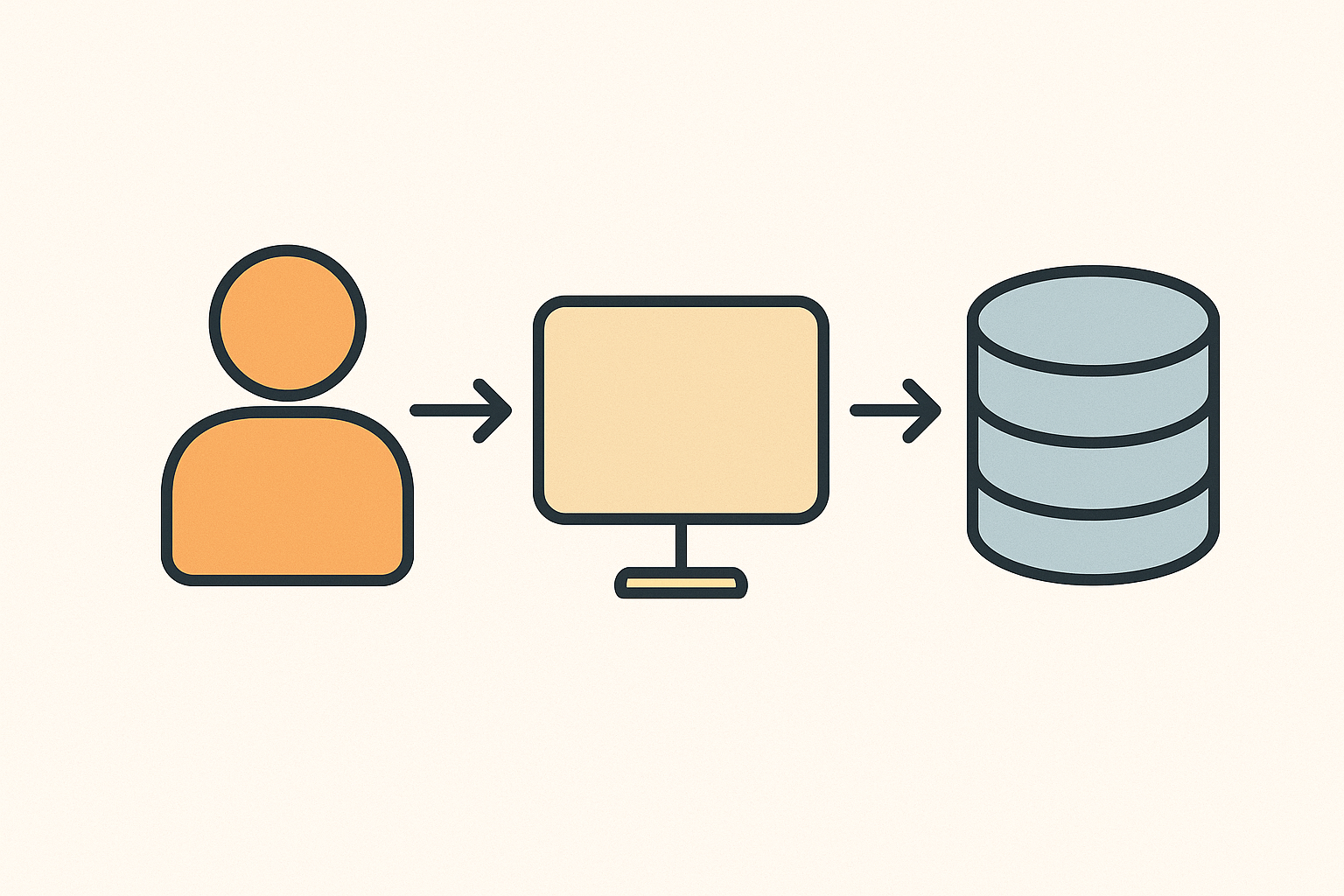What is a Database? Understanding Database Systems, Characteristics, and Architecture
study
What is Database Systems?
____ __ ____ __ ____ __ ____ ____ ____ _ _ ____ ____ ____ _ _
( \/ _(_ _) _\( _ \/ _\/ ___| __) / ___| \/ ) ___|_ _| __| \/ )
) D ( \)(/ \) _ ( \___ \) _) \___ \) /\___ \ )( ) _)/ \/ \
(____|_/\_(__)_/\_(____|_/\_(____(____) (____(__/ (____/(__)(____)_)(_/
The Need for Databases in the Modern World
- With the rise of social media, smart devices, and smart spaces, the generation and utilization of data have increased exponentially.
- There is a growing need for systems that can efficiently store, manage, and quickly retrieve large volumes of data.
Traditional Data Management Methods and Their Limitations
File Processing Systems
- Before databases, data was managed separately in files for each task.
Key Issues:
- Data Dependency: Data is tied to specific hardware/software, limiting flexibility.
- Data Redundancy: The same data is stored in multiple places, reducing consistency, security, and cost-effectiveness.
- Integrity Issues: Ensuring data accuracy and enforcing constraints is difficult.
- Concurrency Problems: It is challenging to maintain data consistency when multiple users access it simultaneously.
Key Characteristics of Database Systems
- Self-Describing Nature: Stores data alongside its definitions (metadata).
- Separation and Abstraction: Users interact with data at a conceptual level without being aware of the physical structure.
- Multiple Views: Provides partial data views tailored to each user.
- Data Sharing and Multi-User Transaction Processing: Ensures data consistency with concurrency control, allowing multiple users to work simultaneously.
Components of a Database System
- Values, Data, and Metadata (descriptions of data).
- DBMS (Database Management System): Software for organizing, storing, managing, and using data.
- Database System: Includes the DBMS, database, and associated software and hardware.
The Three-Level Architecture of DBMS
- External (User) Level: Represents how individual users view the data.
- Conceptual (Logical) Level: Represents the overall logical structure of the database.
- Internal (Physical) Level: Manages the physical storage of data, providing data independence and security.
Transactions in Database Systems
- Transaction: A set of database commands that form a single logical unit of work.
- Example: Withdrawing 500 units from Customer A’s account in a bank.
Key Database Terms
- Data: Values and descriptions representing the quantitative/qualitative characteristics of facts.
- Database: A collection of data used by multiple applications within an organization.
- DBMS: Software for managing the database.
- Database System: A computer-based system for storing, managing, and providing data to users.
Database Languages
- Data Definition Language (DDL): Creates, modifies, and deletes database objects (e.g., tables).
- Data Manipulation Language (DML): Retrieves, inserts, deletes, and updates data.
- Modern DBMS uses SQL as the standard database language.
Database System Architecture
- Centralized Architecture: All data processing occurs on a single server, risking performance degradation if overloaded.
- Client-Server (Distributed) Architecture: Clients have processing capabilities, allowing for load balancing and easier maintenance.
Summary
- Database systems are essential for efficiently storing, managing, and utilizing large volumes of data.
- They overcome the limitations of traditional file systems by ensuring data consistency, integrity, concurrency, and security.
- DBMS, database languages, and system architecture work together seamlessly to provide a robust data management solution.

post-title-1747333277062